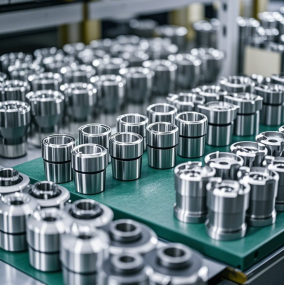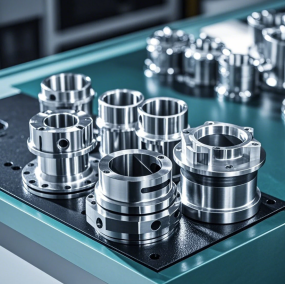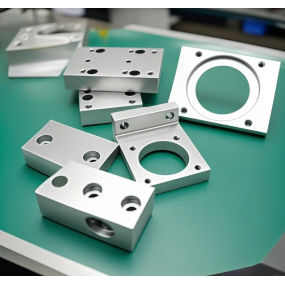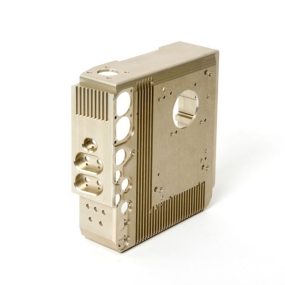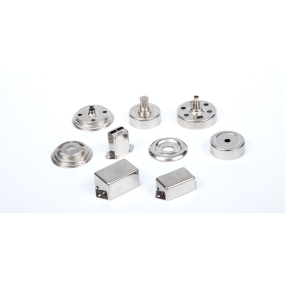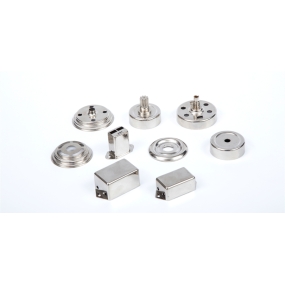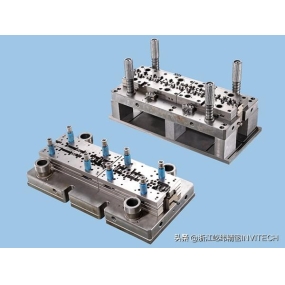Measures for Improving Sheet Metal Processing Technology
The problems encountered in actual sheet metal processing technology can be analyzed from the following points and improvement measures can be taken.
1. Material selection for sheet metal processing
Sheet metal processing is generally used for the casing of equipment, so the selection of sheet metal is very important.
It is necessary to choose appropriately and conveniently during processing, while also reducing the cost of processing while ensuring strength.
When processing materials in the same structure, it is necessary to ensure the utilization rate of the materials. The maximum number of materials with the same specification and thickness of the board should not exceed three.
This requires high utilization of materials during processing and cannot be wasted. For sheet metal structures with high strength and requirements, the method of thin plate reinforcement can be used to achieve the goal.
The sheet metal processing materials supplied in the market sometimes do not meet the requirements in terms of appearance.
For example, the unfolded size of the parts produced by sheet metal processing is not equal to the outer contour size of the raw material, which will affect their installation on the material.
Some materials do not require external material spraying on the decorative surface, but need to be considered in terms of the decorative surface and texture of the board.
If it is not exposed to the outside, the material does not need to be strictly required; But when the material needs to be exposed to the outside, strict requirements must be placed on the texture of the material, and the outer material cannot be scratched during processing.
So it is necessary to ensure that unnecessary damage is reduced and material utilization is improved during sheet metal processing.
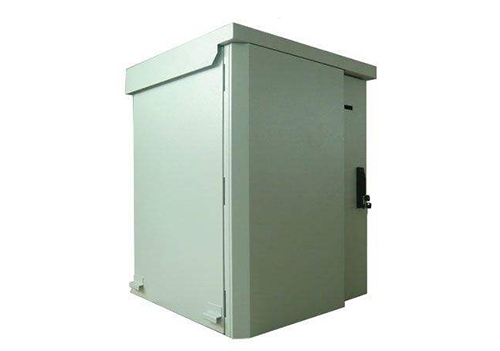
2. Design and processing of pore structure
(1) Some sheet metal processing requires drilling, which requires designing the holes.
(2) In addition to meeting the requirements of the product, it should also be easy to process without affecting the later stages of sheet metal processing and its beautiful appearance.
(3) When processing square holes to the root, avoid stretching the sheet metal after processing, which may cause deformation of the holes.
(4) If manual punching is performed during sheet metal processing, it will increase the difficulty of the sheet metal processing process.
(5) When sheet metal parts require threaded holes, various methods can be used to achieve this.
(6) Design of curved structures. The specific bending requirements for its inner diameter to the small edge are very detailed.
(7) Design process for welding structures. Welding is also very important in sheet metal processing technology. In addition to ensuring the aesthetic appearance of the product, it is also necessary to handle the surface joints of the product properly.
(8) Some materials with surface seams can be avoided and processed in the form of corner welds.
(9) The general welding methods can be divided into a series of welding methods such as argon arc welding, carbon dioxide shielded welding, manual welding, and gas welding for sheet metal processing.
(10) In sheet metal processing, it is necessary to choose a reasonable welding method and select excellent filling materials to achieve more efficient welding results.
(11) Reasonable design of components in sheet metal structures should leave sufficient space for welding,
(12) To avoid the phenomenon of insufficient space left, which may result in the welded product not meeting the rules and causing material waste.
(13) In sheet metal processing technology, some sheet metal components are relatively thin, so attention should be paid to the welding time and the treatment of welding joints,
(14) Cannot affect the effect of the processed product and prevent deformation of its sheet metal.
(15) During the welding process, effective treatment should be carried out on the welded joints to make them as symmetrical as possible, in order to avoid affecting the appearance of the product.
(16) In addition, the distance between welding points and seams should not be too large, and their load-bearing capacity should be guaranteed.
(17) After welding is completed, the processed product is leveled and polished to maintain a beautiful state after sheet metal processing.
The content of the article is sourced from the internet. If you have any questions, please contact me to delete it!


 Spanish
Spanish Arabic
Arabic French
French Portuguese
Portuguese Belarusian
Belarusian Japanese
Japanese Russian
Russian Malay
Malay Icelandic
Icelandic Bulgarian
Bulgarian Azerbaijani
Azerbaijani Estonian
Estonian Irish
Irish Polish
Polish Persian
Persian Boolean
Boolean Danish
Danish German
German Filipino
Filipino Finnish
Finnish Korean
Korean Dutch
Dutch Galician
Galician Catalan
Catalan Czech
Czech Croatian
Croatian Latin
Latin Latvian
Latvian Romanian
Romanian Maltese
Maltese Macedonian
Macedonian Norwegian
Norwegian Swedish
Swedish Serbian
Serbian Slovak
Slovak Slovenian
Slovenian Swahili
Swahili Thai
Thai Turkish
Turkish Welsh
Welsh Urdu
Urdu Ukrainian
Ukrainian Greek
Greek Hungarian
Hungarian Italian
Italian Yiddish
Yiddish Indonesian
Indonesian Vietnamese
Vietnamese Haitian Creole
Haitian Creole Spanish Basque
Spanish Basque

